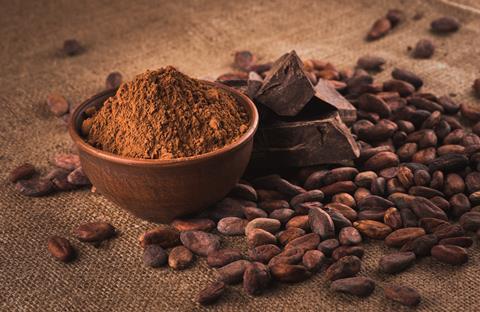
Britain’s legions of chocoholics face paying significantly more for their favourite treats.
Both branded and own-label chocolate lines have experienced price hikes of up to 50%.
Across the chocolate category in Asda, Morrisons, Sainsbury’s, Tesco and Waitrose, prices are up by an average of 16% in the year to 1 August, according to analysis by The Grocer of Assosia data, with 78% of products more expensive.
Most significantly, Cadbury’s Dairy Milk bar jumped by 50% in Morrisons in the past year, up 50p to £1.50.
Quality Street assorted chocolate box 220g saw a price hike of 50% in Asda to £3, while Galaxy Orange milk chocolate bar 110g also jumped 50% to £1.50 in Sainsbury’s and Morrisons.
In Asda, Lindt Lindor truffles 337g climbed 46% to £9.50 from £6.50.
Own label is not exempt from hikes – this week’s Key Value Items tracker showed that Tesco’s Ms Molly’s dark chocolate bar 100g has jumped up by 43% to 43p in a year, while Sainsbury’s Lovett’s milk chocolate 100g hiked 36% to 45p.
The rises come as cocoa butter commodity prices have more than doubled in the past year. In the 52 weeks to 26 July 2023, the price per tonne surged 58% – from €4,336 (£3,745) to €6,850 (£5,918) according to Mintec.
A spokeswoman for Lindt & Sprüngli, makers of Lindt Lindor, said: “The price of cocoa, which is our most important raw material in value terms, has reached a historic high and continues to rise sharply.”
She said the brand had also been affected by significant increases in sugar and milk powder prices.
Andrew Moriarty, US director of Commodity Insights at Mintec, said dark chocolate would be most heavily affected as the cost was driven nearly entirely by cocoa ingredient prices. Falling dairy prices, meanwhile, would play a role to mitigate cocoa price increases for milk and white chocolate, he said.
The two most common dairy ingredients in chocolate are anhydrous milk fat and whole milk powder.
According to the Mintec Benchmark Prices, AMF in the EU has fallen by 39% from a high of €9,000/Mt (£7,776) in November 2022 to €5,475/Mt (£4,731) last week, while whole milk powder is down over 20% to €3,275/Mt (£2,830).
Chocolate may be set to become even more expensive: cocoa futures prices shot up 4% in the past 10 days on the London contract, according to Rabobank.
“The bullish price action we have been seeing in cocoa futures can be in part attributed to two major supply-side risks”, said Paul Joules, commodity analyst at Rabobank, who pointed to disease and poor weather conditions as the key risks.
“Disease such as black pod disease can have long-lasting effects on yields”, said Joules, while El Niño could result in dryer weather in west Africa, which can cause lower production. This had added “a big risk premium” to the price, said Joules.
Joules warned that as well as price increases, we may also see shrinking pack sizes: “We could also see shrinkflation tactics adopted by chocolate companies.”
Some major chocolatiers are, in fact, already making SKUs smaller. Cadbury Buttons became the latest high-profile victim of shrinkflation in March, when packs shrunk by 23%.
A Morrisons spokeswoman said: “This is an unprecedented period of inflation and we are working hard to keep prices down and competitive for our customers while maintaining high standards and availability in all our stores.”
A Waitrose spokeswoman said: “No retailer is immune to inflation, but we’ve worked hard to keep our prices as low as possible, whilst paying our suppliers and farmers fairly. As such, our overall price rises are significantly lower than the examples cited.”
Lindt & Sprüngli also pointed to increasing commodity costs as key to rising prices, primarily as a result of the war in Ukraine.
“This is true for energy itself, but also many other intermediate products, especially those that require a lot of energy to produce, such as packaging,” said a spokeswoman.
“We have made a concerted effort to compensate for these increased costs by increasing efficiency as much as possible. Therefore, we have only passed on the costs we could not absorb ourselves in the form of price increases to our customers.”
A Nestlé spokeswoman said: “Like every manufacturer, we have faced significant increases in the cost of raw materials including cocoa, as well as energy, packaging and transportation, making it more expensive to manufacture our products.”
We are doing everything we can to manage these costs in the short term, but in order to maintain the highest standards of quality, it is sometimes necessary to make adjustments to the price of our products. We aim to make any long-term changes to prices gradually and responsibly.”

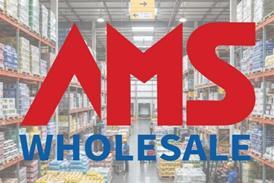





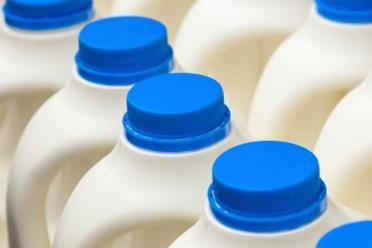
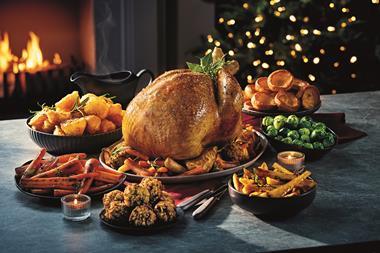


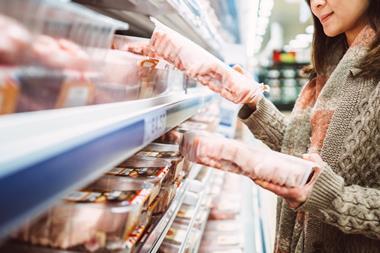

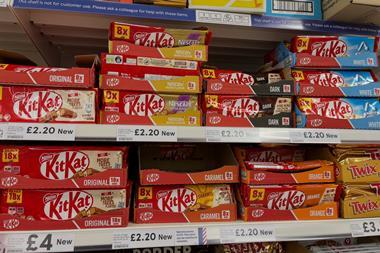

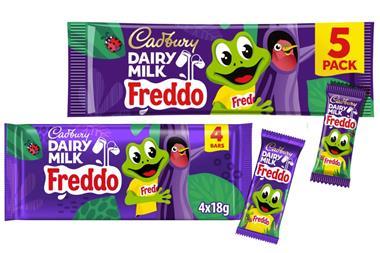
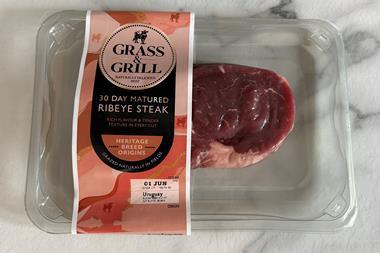
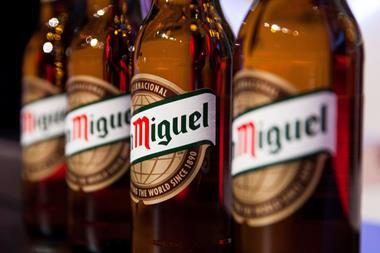
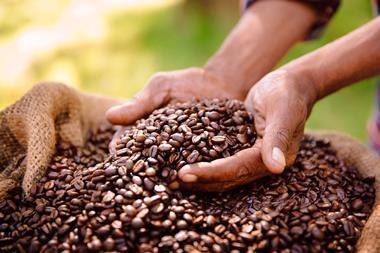
No comments yet